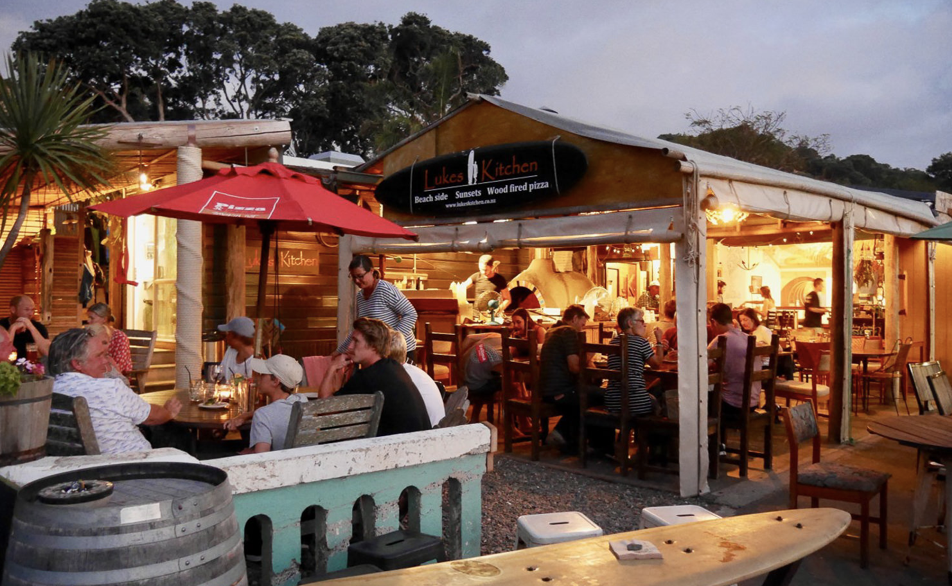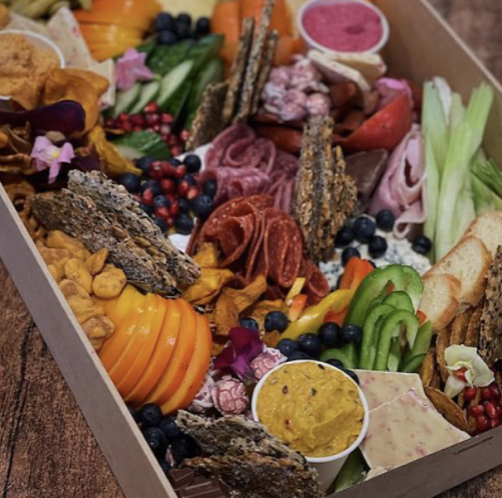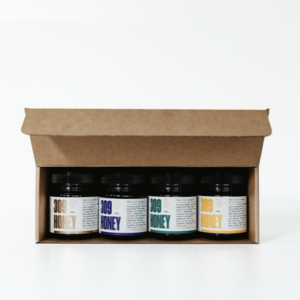Mercury Islands
A true Pacific adventure playground
“There are so many gorgeous sheltered bays to explore. My favourites are Whaler cove, Peach grove bay, and Sheep bay.”
A true Pacific adventure playground, with sheltered bays to moor your boat for a picnic and swim. The white sand beaches invite castaways and the turquoise waters are a fishing and diving paradise.
Just over an hour’s boat trip from Whitianga wharf, and even closer to Opito and Kuaotunu, the seven islands of the Mercury group lie 8km off the north-eastern coast of The Coromandel.
You can access the islands by boat and sailing charter from Whitianga wharf ( 3hours ).
Legend has it that it was the white cliffs of Great Mercury Island that Māori first saw as they navigated toward Aotearoa. Certainly, as reflective landmarks, they would have been important coastal navigation aids for early sea travellers.
The spectacular white sand dunes of Peachgrove Bay are visible from quite a distance out, a beacon for boaties heading for the sheltered waters. Great Mercury is the largest island, privately owned and a pest-free sanctuary. If you leave only footprints and pack out all traces of your visit, the owners allow you to land on any of the magnificent white sand beaches to picnic and relax.
The other six islands, Middle, Double, Koropuki, Red Mercury, Stanley and Green are also nature reserves. So collectively the islands in the group are an important and protected habitat for many of New Zealand’s endangered birds. That’s why you are not permitted to go ashore here, rather cruise in close to appreciate their beauty. These islands are volcanic and rocky, with no sandy beaches, but the dramatic landforms, rock wall, and deep lagoons provide excellent fishing and great dive and snorkel sites
While not officially part of the Mercury Islands, there is a large reef area, rocks and other islands to the south that add to the extraordinary abundance and variety of sea life to be found in this part of the region.




















